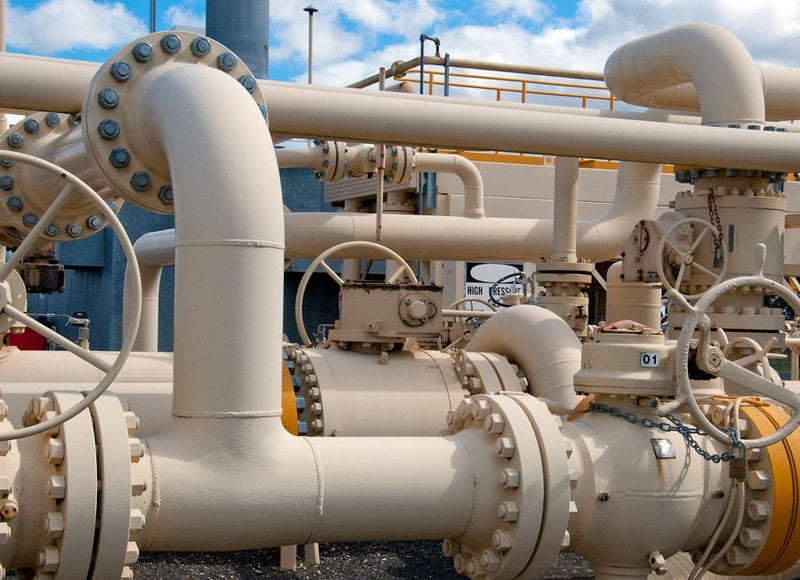Guyana’s Vice President Dr. Bharrat Jagdeo said the demand for excess gas from the country’s mega Gas-to-Energy initiative is secure for the 20-year life of the project, as the government has received several expressions of interest. With key preparatory works already underway, this news is a significant development as government plans to use proceeds from the sale to repay expenses.
“The 50 million cubic [feet per day] that comes in free, [the government] will get all the [natural gas] liquids from that. But the pipeline has capacity to bring in probably another 80 million cubic [feet] per day. So about 130 [mcfd in total]. So, we already have a number of expressions of interest to utilise the additional gas,” the official said during a press conference on April 27.
ExxonMobil will be delivering 50 million cubic feet of gas per day (mcfd) from the Liza field to a facility in Wales. The facility will separate the dry gas for power and the natural gas liquids (NGLs). The pipeline can transport an additional 80 mcfd, which he said has attracted several expressions of interest. The gas can be used for various purposes, including fertiliser, basalt fiber, and animal feed.
Guyana’s Gas-to-Energy Project: Your Questions Answered | OilNOW
Guyana plans to use all the dry gas produced in the country and not export it. The project’s power plant will produce 250 MW, and Guyana’s demand for power will surely expand beyond that. However, the excess liquids, such as cooking gas (propane), can be exported.
“We will have more of the liquids than we can utilise locally… So, estimated that from our [initial] 50 [mcfd], we’ll have three times the national consumption of cooking gas,” Jagdeo said. “We’ll export some of that. We’re hoping into Northern Brazil, but across the Caribbean… people have approached us already but we haven’t decided…”
The proceeds from the sale of excess liquids will be used to repay the investments made by the Stabroek Block co-venturers on the pipeline that will transport the gas. The government and co-venturers plan to implement an agreement for the sale of the transported gas, with Guyana paying the co-venturers US$55 million annually for 20 years. Commercialisation of the excess NGLs is expected to earn Guyana about US$100 million per year, which will provide the revenues to meet the annual payments and make a profit.
Both ExxonMobil and the Guyana government plan to deliver their respective segments of the project by 2025. The government plans to use the project to reduce the cost of electricity by 50% domestically.



